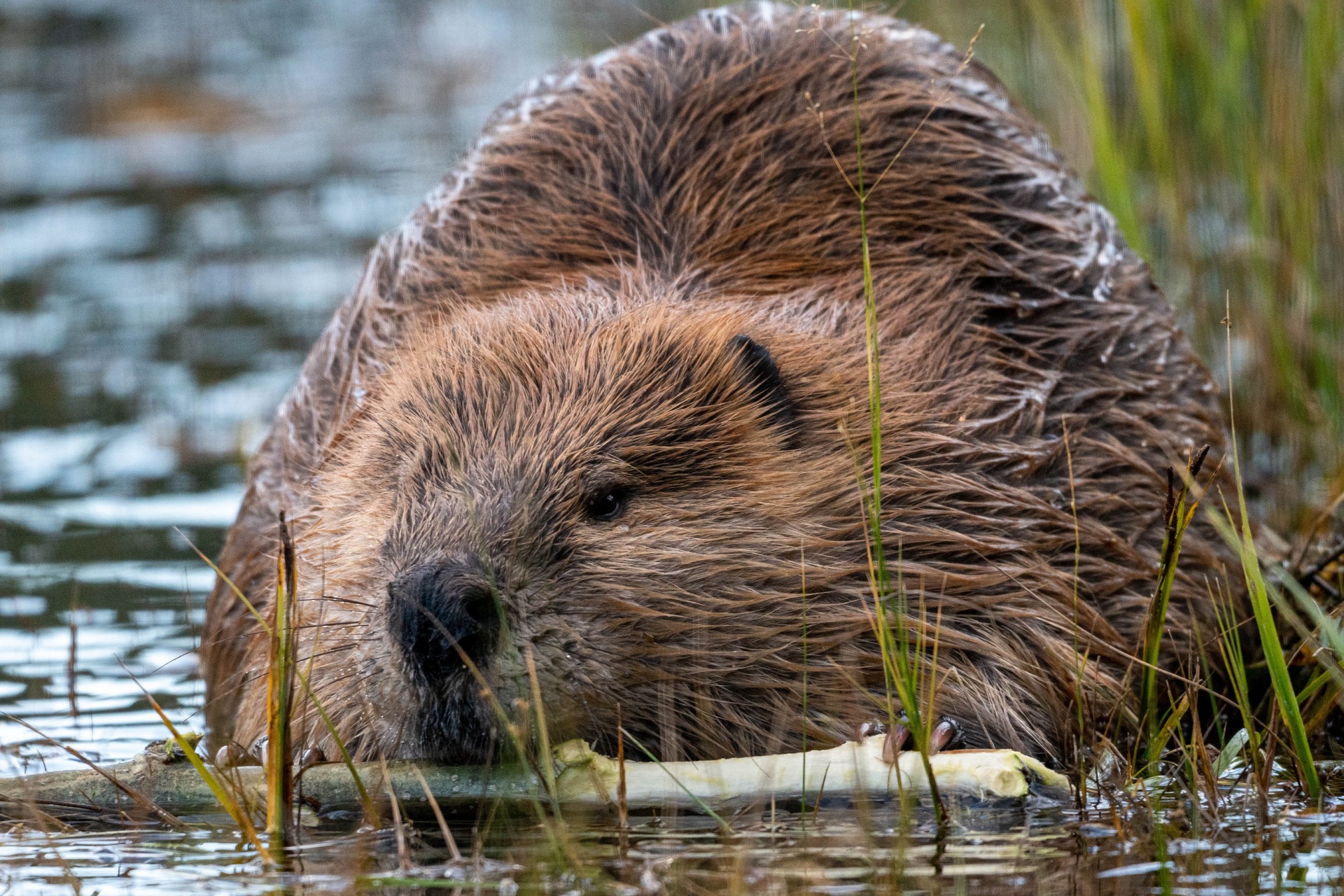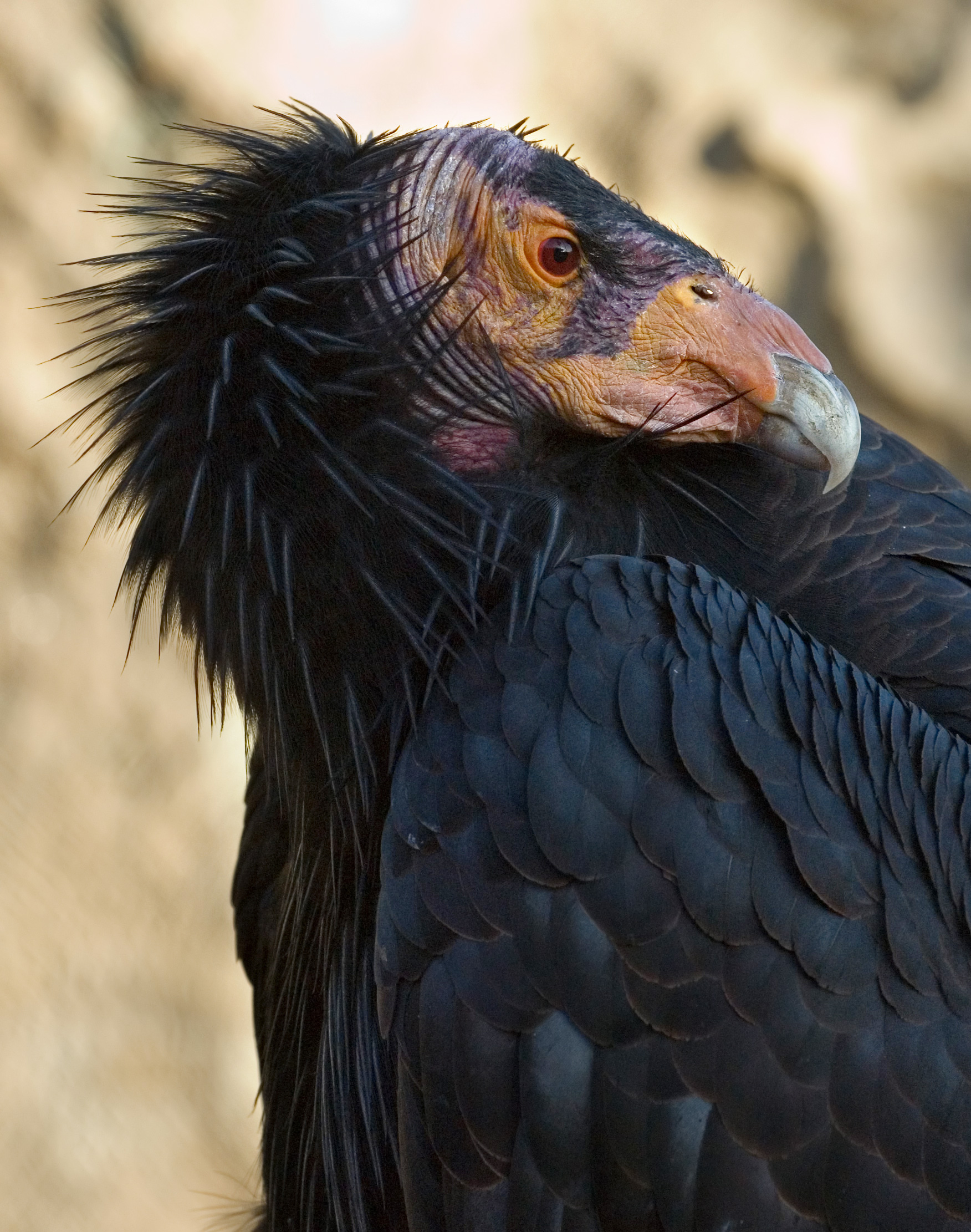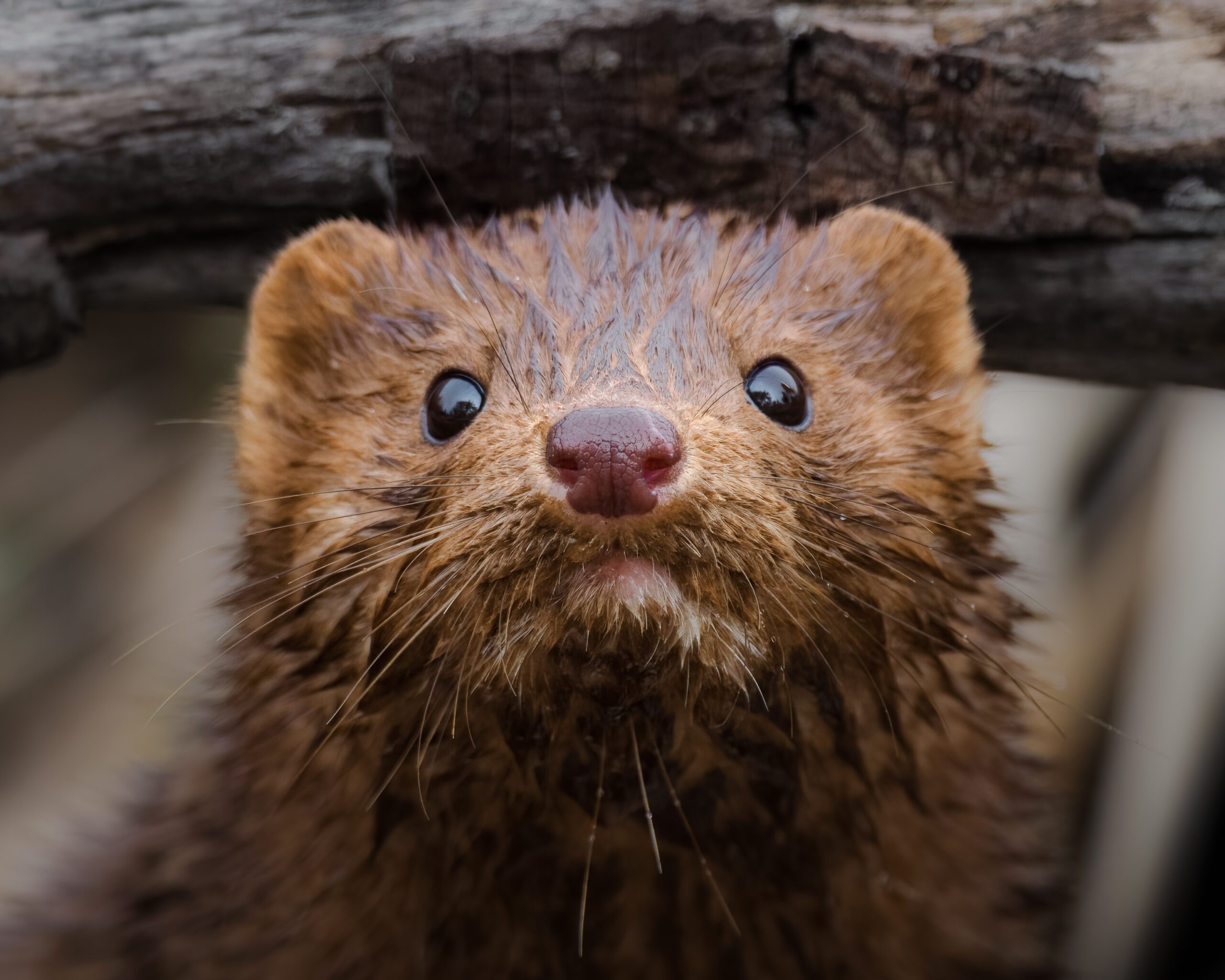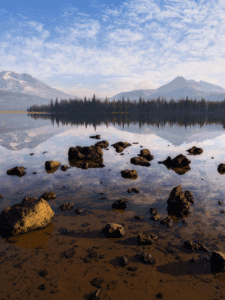Saving Imperiled Species
While our public lands watchdogging efforts keep projects that would harm wildlife habitat from moving forward, our wildlife program thinks big-picture, pursuing strategies that change the paradigm for wildlife management in Oregon. We focus on native keystone species that have an outsized impact on the landscape and need support for their survival and recovery. At the same time, we work to combat threats to wildlife like habitat loss, climate change impacts, misinformation, and poaching. We accomplish this through public education and engagement, federal and state policy work, grassroots organizing, litigating, and supporting allies and partners.

Support beaver recovery efforts in Oregon!
Urge state and federal leaders, policymakers, and wildlife managers to restore beavers and the ecological functions across the landscape.
How we work
-
Combatting the extinction crisis in Oregon
Oregon Wild advocates for and defends strong wildlife protection policies like the Endangered Species Act. We work to secure funding for wildlife conservation at the state and national levels.
- What is the Endangered Species Act?
The bipartisan Endangered Species Act (ESA) of 1973 has successfully protected and recovered species like the humpback whale, peregrine falcon, and bald eagle from the brink of extinction. Without strong laws like the ESA driving wildlife conservation efforts, it is difficult to ensure decision-makers and wildlife managers prioritize safeguarding our most imperiled species. - Why is funding important?
Without adequate funding, on-the-ground wildlife conservation and restoration grinds to a halt. Funding is the connective tissue that transforms an imperiled species into a recovered one. For too long, wildlife conservation programs have been woefully underfunded. The programs and staff responsible for conserving the state’s 600 nongame wildlife species – roughly 88% of all species – only receive about 4-6% of the Oregon Department of Fish and Wildlife’s (ODFW) total budget. Without sufficient and sustainable funding, our state’s most vulnerable fish, wildlife, and habitat remain in jeopardy.
- What is the Endangered Species Act?
-
Restoring Oregon’s keystone species
We work to restore Oregon’s keystone species, including our best dam ecosystem engineer the beaver, to its full potential.
- What is a keystone species?
A keystone species is an organism that holds an ecosystem together. A landscape lacking its keystone species will look very different or even collapse. Some examples of keystone species we work to protect include beavers, sea otters, and wolves. - Keystone capacity in action
Beavers build dams that store, clean, and spread water to create healthy wetlands and riparian landscapes. In these beaver-modified habitats biodiversity increases and juvenile salmon, birds, and mammals thrive. In the face of wildfires, these areas act as important firebreaks and capture plentiful water to make it through droughts.
- What is a keystone species?
-
Recovering gray wolves across Oregon
We ensure that gray wolves are allowed to thrive across Oregon.
- What are the major impediments to statewide wolf recovery?
Simply put, humans. Human-caused mortality from heavy-handed management by the state, illegal poaching, and vehicle collisions are causing stalled statewide wolf recovery. Though we celebrate the fact that our state went from having no wolves in 1947 to a minimum population count of 178 in 2022, the fact remains that people are the single biggest challenge facing wolf recovery. - What is Oregon Wild doing to ensure wolf recovery remains on track?
Ensuring we have policies in place that drive better wolf conservation and management decisions is our top priority. Oregon Wild, alongside our partners, challenged the Trump administration decision to delist wolves, and won – leading to the reinstatement of protections for wolves in Western Oregon in 2022. We also continue to advocate for a better Wolf Plan, which guides all management decisions in the state, and hold ODFW accountable for mismanagement practices that don’t follow best available science.
- What are the major impediments to statewide wolf recovery?
-
Supporting tribal partners in native wildlife reintroduction efforts
- What projects does Oregon Wild support?
Several Indigenous tribes throughout the Pacific Northwest are working to bring back culturally and ecologically-significant species. The Elakha Alliance of tribal, non-profit, and conservation leaders is working to bring sea otters back to the Oregon coast. In 2022, the Yurok Tribe reintroduced California condors back to the region for the first time in over a century. The Nez Perce Tribe is also working on their own condor reintroduction effort on the Oregon-Idaho border. - How does Oregon Wild help?
Oregon Wild works to educate the public, advocate for reintroduction work, and connect funding mechanisms to on-the-ground tribal projects. Our role is to support sea otter and condor reintroduction efforts and to follow and amplify Indigenous leadership.
- What projects does Oregon Wild support?


Key Staff
- Danielle MoserWildlife Program Manager


